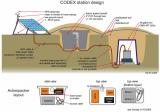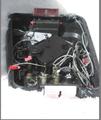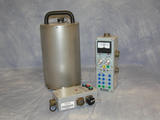
Introduction:
PASSCAL station installations can vary according to the type of equipment being used, the physical environment, and also the legal responsibilities due the land owner or administrator. For the latter, it is assumed that the full consent of the land owner/administrator for the station to be installed, operated for the required duration, and then final removal has been obtained. It is further assumed that state laws regarding digging permits are also being followed. See also Guidelines for Station Installation.
Installing a PASSCAL seismic station involves the placement of a number of different, but coupled, sub-systems, including (but not limited to):







